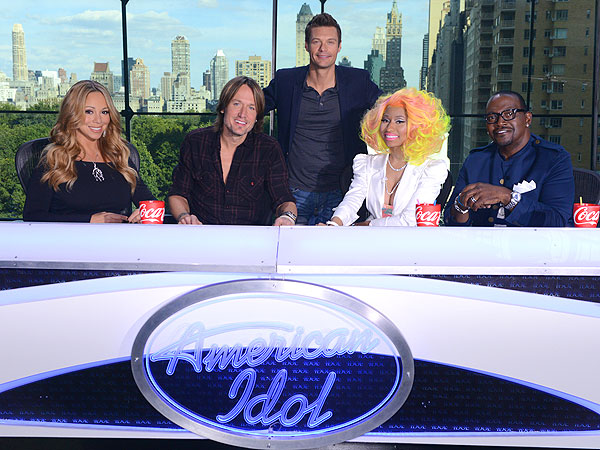When militant radicals seized the United States Embassy in Iran in November 1979, they intended to take all its employees hostage. But five were elsewhere in the embassy compound and escaped capture. After six tense days of furtively moving around Tehran, one of them, Robert Anders, placed a call to a Canadian diplomat with whom he played tennis, and asked for help.
Sheardown Family, via Ottawa Citizen.
John Sheardown, right, with Kenneth Taylor, the former Canadian ambassador to Iran, in 2010.
“Hell, yes, of course,” the diplomat, John Sheardown, answered. “Count on us.”
The five employees had by then been joined by a sixth. Four ended up being hidden for nearly three months in the home of Mr. Sheardown, the Canadian Embassy’s No. 2 official, who died on Sunday at 88. The other two found refuge with the Canadian ambassador, Ken Taylor.
The episode, which came to be known as the “Canadian caper,” was a footnote to the Iranian hostage crisis, in which young Iranian revolutionaries seized the American Embassy and held 52 people hostage for 444 days to try to force the United States to return the deposed shah from New York, where he was being treated for cancer. After the shah died in July 1980 in Egypt and war erupted between Iran and Iraq, negotiations with the United States led to the release of the hostages in January 1981.
The concealment and extrication of the American diplomats by the Canadian government and the Central Intelligence Agency inspired the recent movie “Argo.” Though Mr. Sheardown is not mentioned in it — public recognition always gravitated to Mr. Taylor, who is portrayed in the film as a hero — his role was nevertheless consequential.
“Without his enthusiastic welcome, we might have tried to survive on our own a few more days,” Mark Lijek, a retired Foreign Service officer, wrote in Slate last year. “We would have failed.”
Mr. Sheardown’s avuncular, pipe-puffing manner led his houseguests to call him Big Daddy. He bought groceries at different stores to disguise his household’s suddenly larger appetite. He bribed the garbage collector with money and beer for the same reason. Surveillance, including tanks at the end of the street, was constant. Strangers knocked on the front door, suspicious calls were commonplace, their car was repeatedly searched.
“We were already living in danger,” Mr. Sheardown’s wife, Zena, said in an interview on Wednesday. “And certainly the danger was compounded because we were hiding, literally hiding, fugitives.”
Mr. Sheardown, she said, died in Ottawa, where he lived, after being treated for Alzheimer’s disease and other ailments.
John Vernon Sheardown was born on Oct. 11, 1924, in Sandwich, Ontario, a small town absorbed by Windsor in the 1930s. At 18, he joined the Canadian Air Force and flew a bomber in World War II, once crash-landing near an English village after limping back from an attack on Germany. He broke both legs, but was able to crawl to a pub door at 3 a.m. and rouse the owner. He asked for a glass of Scotch, which the owner gave him. The owner then asked for payment while Mr. Sheardown waited for an ambulance — a story Mr. Sheardown relished.
He joined Canada’s immigration service in the early 1960s and later transferred to the foreign service, where he specialized in immigration matters. He was busy in Tehran with Iranians who wanted to leave the country, as well as with Afghans who had fled their country after the Soviet Union invaded it in December 1979. His houseguests became an official part of his responsibilities after the Canadian Parliament held its first secret session since World War II to approve the rescue mission, which included issuing the Americans fake Canadian passports.
While in Tehran, the Americans in his rented 20-room house occupied themselves by listening to news on a shortwave radio, reading, playing Scrabble and cards and, by their own admission, drinking copiously. They had to leave the house only once, when the owner had a real estate agent show it to a potential buyer. The two Americans staying with Ambassador Taylor were spirited to the Sheardown house for Thanksgiving and Christmas.
The diplomats posed as members of a film crew who had supposedly been scouting locations. They had been taught how to speak like Canadians — for instance, by ending sentences with “eh?” One was given a Molson beer key ring.
Mr. Sheardown’s first marriage, to Kathleen Benson, ended in divorce. Besides his wife, the former Zena Khan, he is survived by his sons, Robin and John; his sisters, Jean Fitzsimmons and Betty Ann Whitehead; six grandchildren; and 10 great-grandchildren.
After being awarded a high honor, the Order of Canada, Mr. Sheardown fought for his wife, a British citizen, to receive the same award. She had been legally excluded from consideration because she had never lived in Canada. He argued that she had had the tougher job because she seldom left the house while living in danger. She received the honor in 1981.
After “Argo” appeared in theaters, Ms. Sheardown said, its director, Ben Affleck, called to apologize for leaving her and her husband out of the movie. In an interview on Thursday, Mr. Affleck said he had been fully aware of the Sheardowns’ heroism before the film was shot, but had reluctantly omitted it for reasons of length, drama and cost.
“They got lost in the shuffle,” Mr. Affleck said. “It really did break my heart a bit.”










